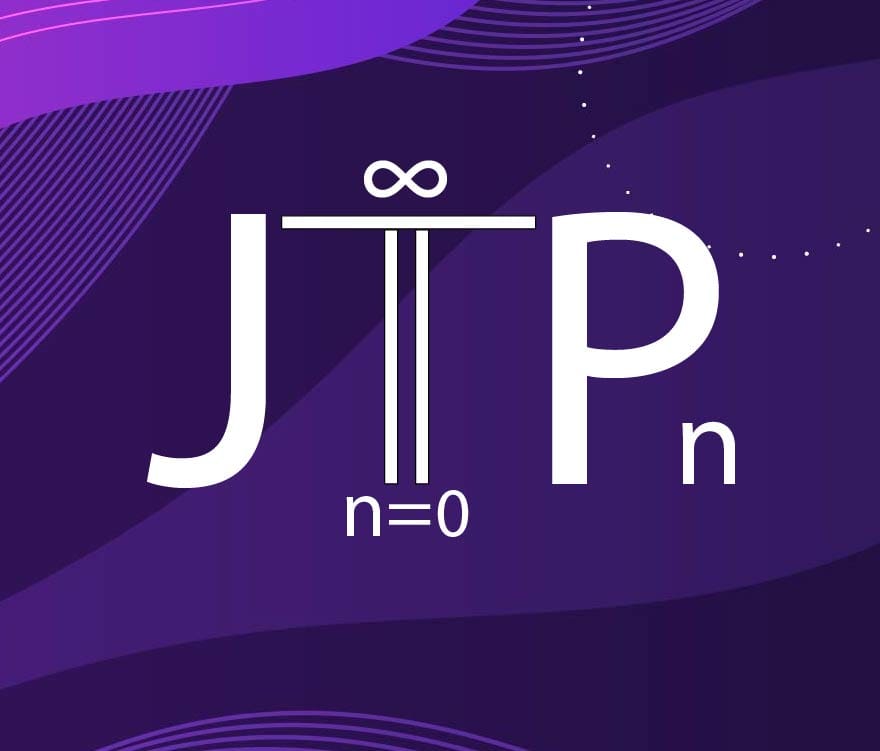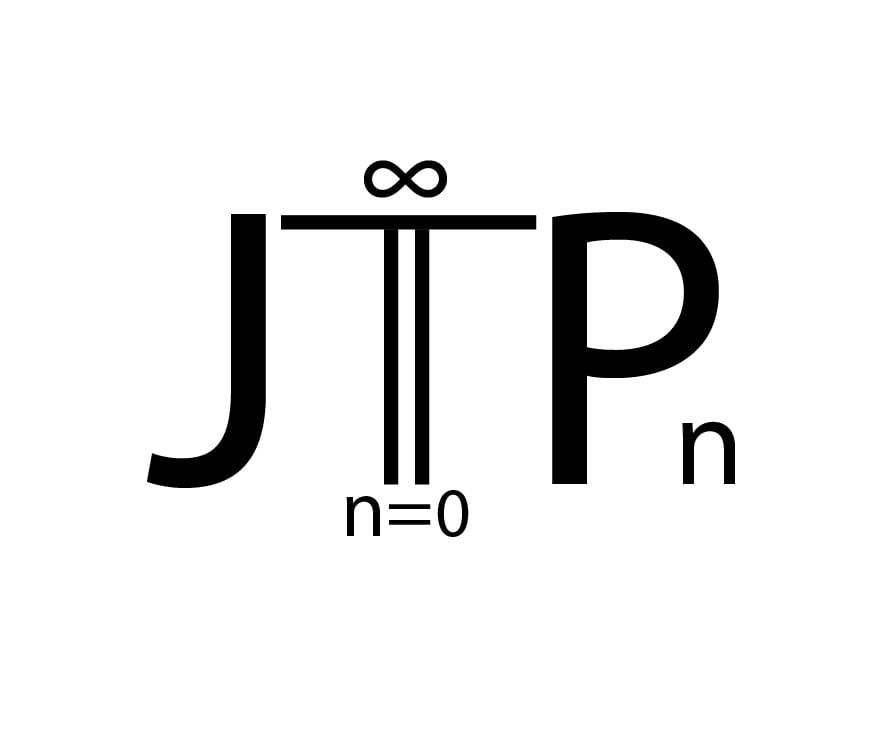Dynamic X-ray CT, as presented by Aryeh Keating at the Virginia Tech Applied Math seminar, frames a question that sits right on the fault line between applied reconstruction and pure structure:
How can we recover a coherent, time-varying image from incomplete, noisy measurements—without assuming known priors or hand-tuned hyperparameters?
His method blends optical flow, expectation–maximization, and Kalman filtering into a sequential algorithm. Each frame is reconstructed locally and then stabilized through dynamic coupling.
But the deeper question remains: what is the global object being reconstructed?
1. The Structural Reformulation
In my reading, dynamic inverse problems are not merely optimization tasks. They are gluing problems.
Each time-slice $(U_t)$ is a local observation domain.
Each reconstruction $(x_t)$ is a section over that domain.
Consistency between neighboring slices—enforced by motion models or flow fields—is the restriction map $\rho_{ts}$.
The collection of all these spaces forms a reconstruction sheaf $\mathcal{F}$.
A global, stable reconstruction corresponds to a global section:
$$
\Gamma(\mathcal{F}) = {U_t ,x_t,\text{consistent on overlaps},}.
$$
Under this view, the optical flow is a connection, EM iterations are derived limits, and Kalman updates are derived pushforwards.
The entire dynamic inverse problem becomes a question about acyclicity:
do higher cohomology groups $(H^{>0}(\mathcal{F}))$ vanish, or do they signal irreducible inconsistency between local reconstructions?
2. Why This Generalization Matters
Keating’s framework works beautifully in practice but still inherits four limitations common to sequential inverse problems:
- Hyperparameter dependence.
Regularization strengths, noise covariances, and transition weights must be chosen externally. - Model fragility.
Small errors in motion models can propagate and destabilize later frames. - Local–global disconnect.
Each EM or Kalman iteration only sees local consistency, not the full cohomological landscape. - Lack of structural guarantees.
Convergence and uniqueness rely on empirical heuristics rather than mathematical topology.
The sheaf-theoretic generalization addresses these directly:
| Limitation | Sheaf Resolution |
|---|---|
| Hyperparameters | Encoded as morphisms; stability derived from topology, not tuning. |
| Model fragility | Errors localize to nontrivial cohomology; we can detect where structure fails. |
| Local–global disconnect | Cohomology measures exactly how local reconstructions fail to glue. |
| Structural guarantees | Acyclicity ⇔ well-posedness; the geometry itself certifies stability. |
In short: we replace trial-and-error regularization with intrinsic structural coherence.
3. Next Steps
- Formalization.
Write down the Reconstruction Sheaf $\mathcal{F}$ explicitly for the dynamic CT model
$(y_t = A_t x_t + \epsilon_t, \quad x_t = F_t x_{t-1} + w_t.)$ - Derived interpretation.
Show that EM corresponds to minimizing obstruction energy (approximating $\varprojlim^1 \mathcal{F})$,
and that the Kalman filter is a derived pushforward ($R^1 A_{t*}$). - Numerical experiment.
Simulate a small dynamic phantom and measure cohomological “instability energy” as the new regularizer. - Collaboration.
Reach out to Keating with a short note:
“I’m exploring a categorical generalization of your dynamic CT framework using sheaf cohomology to detect ill-posedness. May I reference your slides or preprint?” - Paper direction.
From Sequential EM to Derived Gluing: A Sheaf-Theoretic Framework for Dynamic Inverse Problems.
4. Why It Belongs in the JTPMath Pipeline
This problem lives exactly at the intersection JTPMath was built to explore:
the frontier where computation, topology, and physics collapse into structure.
Keating’s dynamic CT reconstruction is a concrete instantiation of a more universal phenomenon—the failure of naive locality in time-varying systems.
By translating his algorithm into sheaf language, we expose that failure as cohomology and make it measurable, controllable, and eventually removable.
The moral:
Numerical instability isn’t noise. It’s the visible trace of hidden topology.
Keywords: dynamic CT, sheaf theory, inverse problems, EM, Kalman filtering, cohomology, reconstruction geometry.


Discussion